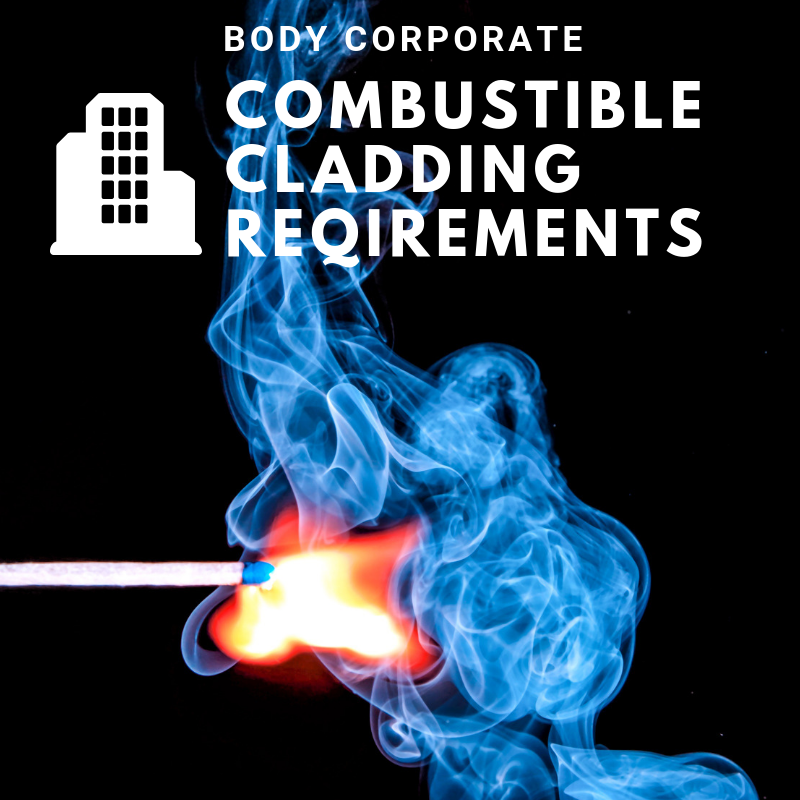 Combustible cladding such as Aluminium Composite Panel (ACP) blasted into our collective awareness in 2017 following the tragic fire at Grenfell Tower in London where 72 people died.
Combustible cladding such as Aluminium Composite Panel (ACP) blasted into our collective awareness in 2017 following the tragic fire at Grenfell Tower in London where 72 people died.
A malfunctioning refrigerator was the fire source and was quickly put out. Unfortunately, by the time the source was extinguished the flames had reached the exterior. A small fire became a deadly conflagration fuelled by combustible cladding.
What is cladding?
Cladding is any covering or coating on a structure or material.
For instance Aluminium Composite Panel (ACP) is two sheets of aluminium with a thermoplastic core that holds them together.
As a building material ACP is cheap, durable, light and easy to install, can come in an array of colours and be shaped easily. It’s everything a Builder might want to create a beautiful building on budget.
It also looks fantastic.
The problem is, not all ACP or other cladding is created equal. That core holding the two panels together can be made of different materials, some flame retardant, others flame resistant and still others, like on the Grenfell Tower, wildly flammable.
Worse, the two sheets of aluminium act like a flue spreading the flames with what onlookers described as “terrifying swiftness.”
Grenfell Tower is not the first cladding related fire on record. Several fires have been recorded in Dubai and in 2014 Melbourne’s Lacrosse Building was ablaze. The fire spread vertically and was not contained within the area of source. Sound familiar?
Dealing with Combustible Cladding in Queensland
Australia builders have jumped on the cladding bandwagon and it’s been widely used throughout Australia since the early 1990’s.
Having been outed as dangerous Australia governments have stepped in to regulate the industry including bans on certain types of materials.
That deals with new usage of the material; but what about the thousands of buildings out there with ACP or other types of cladding, combustible or otherwise?
The Non-Conforming Building Products Taskforce carried out an audit of cladding on government building and identified 172 that require further investigation. The Taskforce estimated up to 10% of 12,000 other buildings will also need further investigation.
Queensland Legislative Requirements Re Combustible Cladding
On 1st October 2018 the Building and Other Legislation (Cladding) Amendment Regulation 2018 (Qld) came into effect.
The legislation puts the onus for identification of cladding squarely back in owner’s courts. Stage 1, identification, must be completed by any building, classed 2 – 9 of type A or type B construction, approved for building, or renovated, between 1/01/1994 to 1/10/2018.
That is every privately-owned hotel, motel, office building, shopping centre, factory, warehouse, childcare centre, sporting facility, school, aged care facility, nightclub or multi-unit residential building. All must take part in the cladding audit.
There are three steps to the audit:
STEP ONE: Register and complete a combustible cladding questionnaire
All affected buildings must register on the QBCC Safer Buildings website and complete a questionnaire prior to 29 March 2019.
Penalties of up to $2,611 apply if not completed.
For most buildings, those who don’t have cladding, this will be the end of the line. Keep your certification. That’s it.
STEP TWO: Engage a building industry professional to undertake an assessment
If cladding is on the building, then the next step is to have that cladding inspected by a building professional and another questionnaire completed by 29 May 2019.
Penalties of up to $2,611 apply if not completed.
As discussed above, some cladding is fire resistant or fire retardant. The aim here is to highlight those buildings that have combustible cladding. If your cladding is assessed and certified safe this is the end of the process.
If you already know you have combustible cladding, you may skip ahead to stage three.
STEP THREE: Engage a fire engineer to complete a fire risk assessment
If your building does have combustible cladding, then a Fire Engineer must be appointed, and the name of that engineer notified to QBCC by 29 August 2019.
From there the building will need to have the cladding inspected and the Fire Engineer will determine if the scheme may remain safe as it is or require works to remove the cladding. This report must be submitted to QBCC by 3 May 2021.
Fines at this stage increase to $6,527.50 – 21,540.75.
If the building does have combustible cladding, then a notice to that affect must be displayed in a conspicuous part of the building whilst the cladding remains.
Further, owners and residents alike must also be given a copy of the notice, including new residents and buyers.
Implications for Body Corporate Combustible Cladding
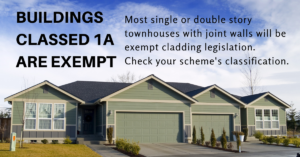 Bodies corporate make up majority of buildings affected by this state-wide audit. That’s going to have a flow on effect when it comes to buying and selling.
Bodies corporate make up majority of buildings affected by this state-wide audit. That’s going to have a flow on effect when it comes to buying and selling.
Body corporate combustible cladding is a much like any other defect: it has the potential to be costly for owners, both in terms of fire safety or having to remove the cladding, if applicable.
Buyers should seek clarity on whether cladding requirements have been addressed, and, more importantly, if the scheme does have cladding, whether its combustible.
What I’m currently seeing in body corporate records is schemes approving action to meet “Step One”. I’ve not yet seen a scheme that’s clarified their position.
Achieving piece of mind re cladding compliance is going to challenging in the interim as bodies corporate make their way through this process.
Disclosure Requirements for Sellers in a Body Corporate
Section 221 of BCCM Act requires sellers to warrant to buyers that the common property of a scheme is free from defects other than those disclosed. The presence of combustible cladding would likely be viewed as a defect and should therefore be disclosed to purchasers.
There is capacity to do that in sales contracts.
Unfortunately, to have something to report owners need committees to take action. Not all will.
What Can Owners Do?
Owners will need to hold their committees accountable for ensuring that combustible cladding compliance is dealt with promptly. Time is ticking with less than two months before the deadline.
Read your committee meeting minutes as they’re distributed to keep in touch with what, if anything is happening.
If you’re concerned that no action is taking place, then discuss with your body corporate manager or committee.
Conclusion
Things are getting to the pointy end for bodies corporate with regards combustible cladding legislation. The majority of strata schemes over two stories will be required to respond.
The deadline for step one, registration on the website and questionnaire, 29th March 2019 is fast approaching.
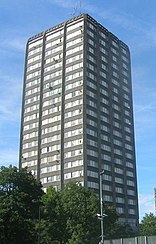
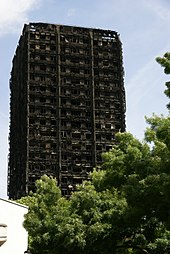
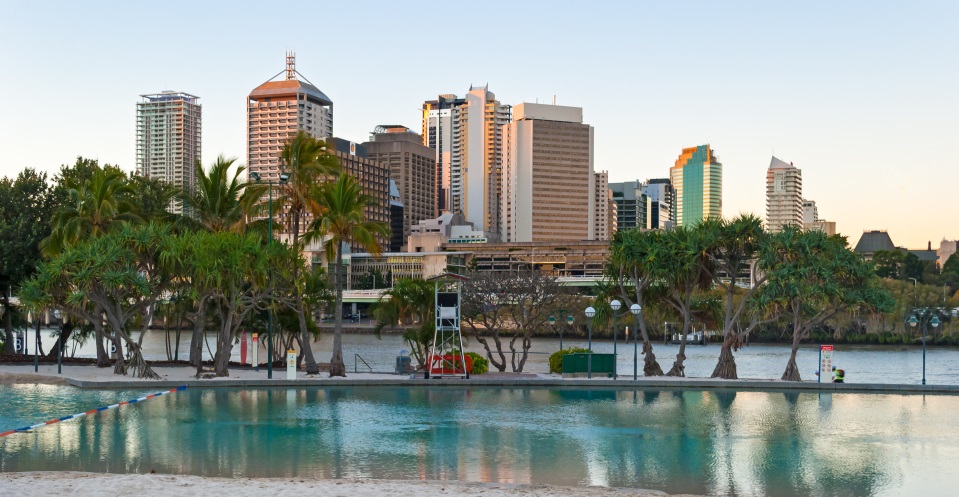 Unless stated otherwise all the information on this website relates to Queensland legislation.
Unless stated otherwise all the information on this website relates to Queensland legislation.
Hi Lisa,
We are live in a duplex situation with the garages side by side. They are free standing..we do not live in a complex.
We both pay into a joint body corporate account and we get along well with our neighbour.
We would like to change our garage into a bedroom/study area for our daughter, as she is wanting to go to University….but who can afford rent these days!!
The floor level will not be changed, we will however have carpet/floorboards layered by professional. Once the ceilings and walls have been replaced and new insulation added we will add an air condition.
My questions are-
Are we able to change the garage door to either windows or a sliding door..for extra light?
And on the wall opposite to the one sharing with our neighbour are we able to remove some bricks to make the existing window larger? This wall is an entrance wall to our front door?
Any help would be awesome
Jen 🌺
Hi Jen
Making changes to both a lot and common property will be controlled by your scheme’s by-laws. And yes, even though you are a duplex, there will be registered by-laws for the scheme, in one way or another.
I suggest you discuss the matter with your neighbour. If they are agreeable to the change then try and get them to confirm that in email. Keep the email or a hard copy somewhere safe and include as an approved amendment to your lot to pass onto any buyer.
If the other owner doesn’t agree then things are more problematic. Then you’ll need to get into the nitty gritty of by-laws, whether the area is common property or part of the lot and the substance of the changes. If they don’t agree then matters don’t necessarily need to be abandoned but you’ll be better served making sure everything ticks all the boxes and that could include Council approvals as well as legal action regarding body corporate approvals.
Its a big drama: start by having a chat with your neighbour. Their approval makes things much simpler.